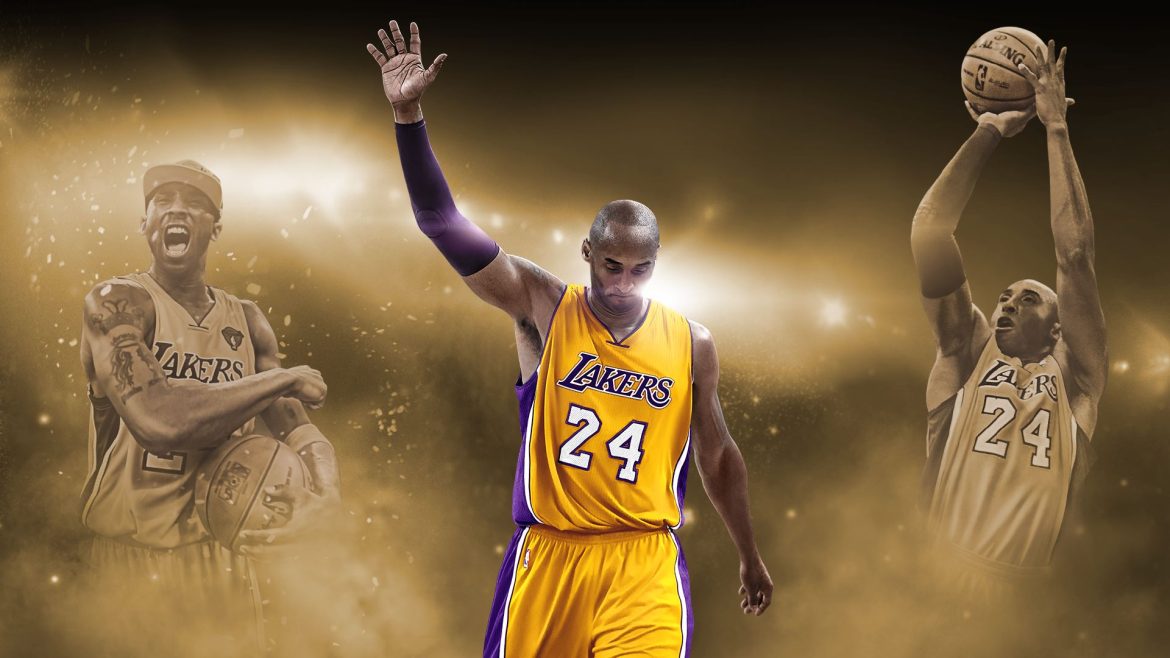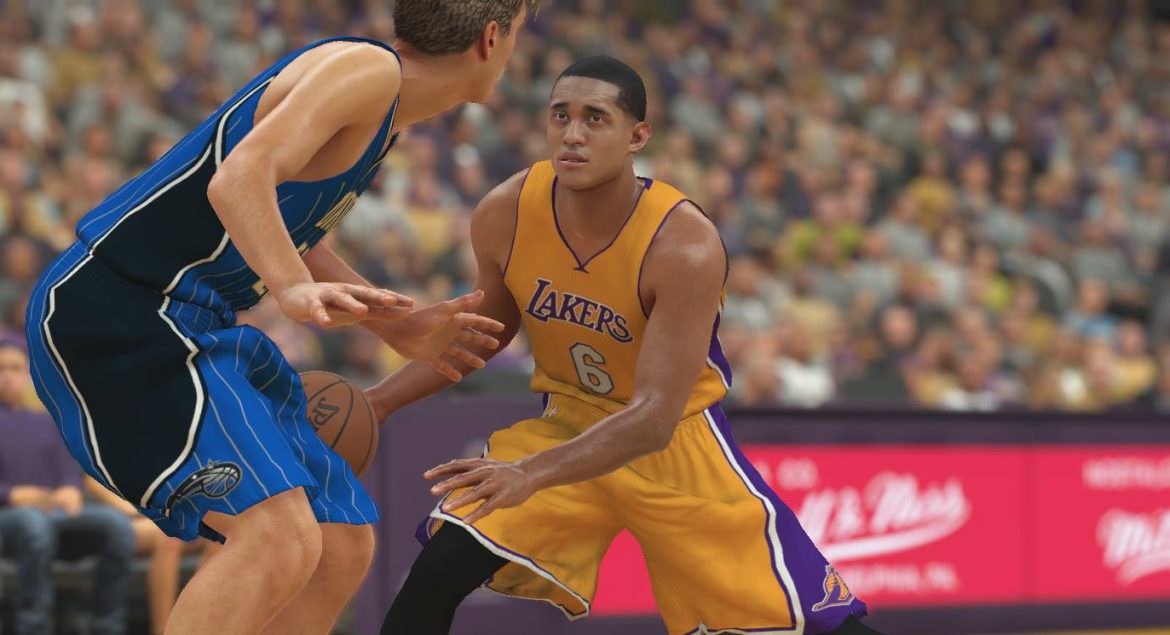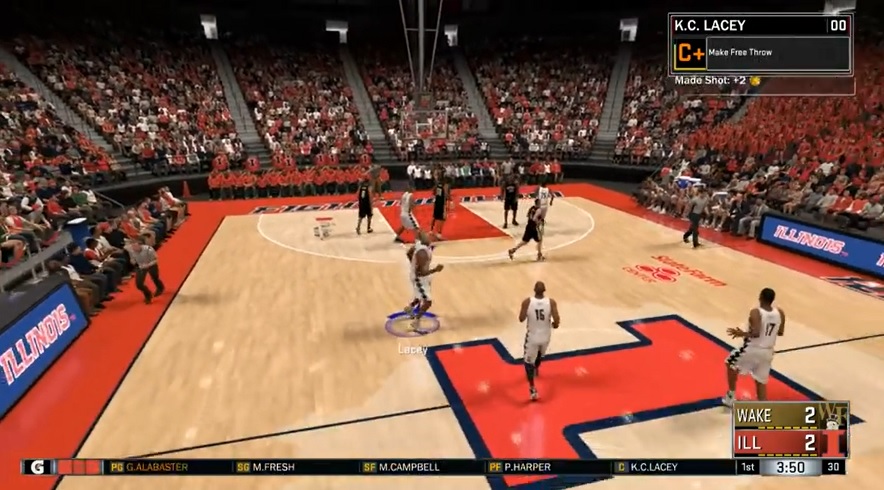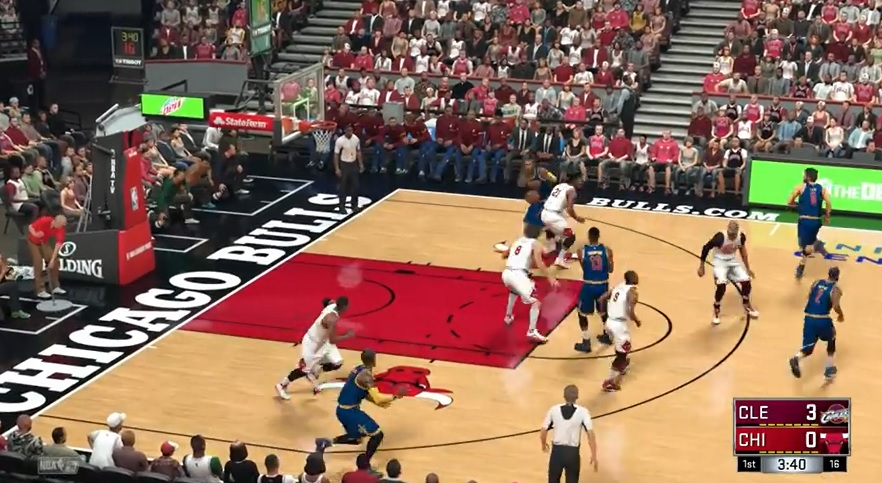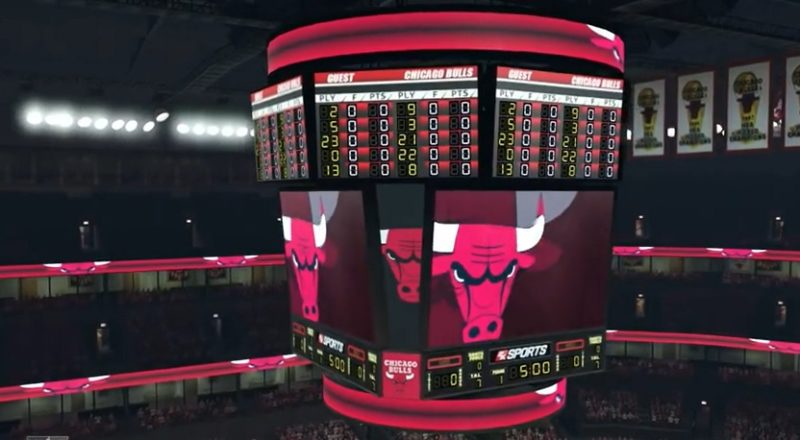TL;DR
NBA 2K17 offers a deep simulation with tons of modes like MyCareer and Franchise, boasting extensive customization. While the core gameplay is solid and keeps you hooked, it stumbles with inconsistent dribbling responsiveness and slightly clunky controls that sometimes hinder fluid movement. The MyCareer mode, though engaging initially, can become repetitive with tedious training and uninspired cutscenes. Shooting mechanics focus too much on a meter, and AI teammates sometimes lack dynamic off-ball play. Despite these flaws, it’s a competent basketball experience, but it needs refinement for truly top-tier simulation. Dive into the full review to see if its strengths outweigh its weaknesses for your gaming needs!
Does NBA 2K17 accurately capture the essence of professional basketball? Our reviewer, a basketball enthusiast, shares their assessment.
Basketball is a sport that demands full-body engagement. While this is true for most sports, it’s exceptionally apparent in basketball. Executing a drive towards the basket, launching into the air while protecting the ball, or passing mid-air requires exceptional coordination and balance. Players must utilize multiple muscle groups while rapidly adapting to the dynamic actions of both opponents and teammates.
Replicating this level of complexity in a video game and crafting a sophisticated basketball simulation that captures the sport’s subtle nuances is a significant challenge. There are different approaches to this. One option is to prioritize automated and context-based movements, resulting in a visually realistic game but potentially sacrificing the player’s sense of direct control. The alternative, pursued by NBA 2K17 (and its predecessors) and mirrored by Konami’s Pro Evolution Soccer, emphasizes finely tuned controls, enabling players to manage granular details. This approach can add depth but may also introduce unnecessary difficulty if the control scheme becomes overly complex. If input responsiveness is lacking, advanced maneuvers like between-the-legs dribbling and spin moves can become misaligned with the on-court action. Unfortunately, NBA 2K17 occasionally exhibits these issues, preventing it from achieving top marks. Feints, while visually appealing, often serve more as stylistic flourishes than practical tools.
At other times, the opposite occurs: dribbling feels ineffective, and the player character becomes ensnared by defenders. Dribbling responsiveness can be inconsistent, making penetration towards the basket overly challenging. Furthermore, sinking long two- or three-point shots feels more difficult than it should be, even with a defender providing some space. The shooting mechanic functions traditionally, with players holding the shoot button and releasing it at the optimal point indicated by a meter. However, the focus often shifts to the meter rather than the player’s animation, prioritizing timing over instinctual feel.
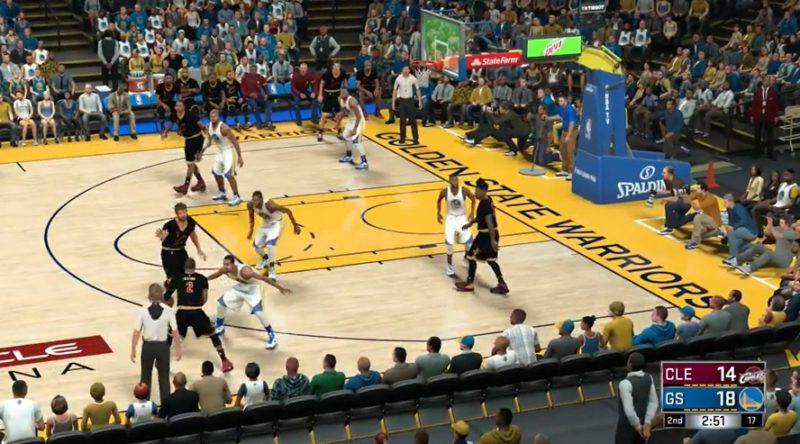
Kyrie Irving in Cleveland is attempting to create space against Golden State’s defense. The pick and roll mechanic could be improved in NBA 2K17.
Off-ball movement and rapid decision-making in tight spaces are integral to basketball, particularly when setting screens or executing quick inside passes. Creating an AI that accurately reflects these elements and adapts appropriately is complex. In NBA 2K17, players sometimes exhibit questionable decision-making, acting passively in situations where they should be driving to the basket or taking open shots. While NBA 2K17 surpasses its EA Sports competitor in this regard (where players may not always seek open positions under the basket), further refinement is needed to achieve a more realistic representation. Visual Concepts’ screen-setting mechanic, however, feels more cumbersome than in competing titles. Passes and alley-oops generally function smoothly, but improved off-ball movement from teammates is desirable.
NBA 2K17 boasts numerous game modes that can consume countless hours. While these features add to the overall experience, they rely on a solid gameplay foundation. Fortunately, this foundation exists, even if it’s not flawless. Take 2 and Visual Concepts have invested significantly in these additional elements.
The MyCareer mode allows players to embody a young basketball prospect, nicknamed @Pres, who is drafted into the NBA after a year of college basketball. My playthrough took me from Louisville to the Toronto Raptors. Throughout his career, he’s joined by point guard Justice, portrayed by Michael B. Jordan.
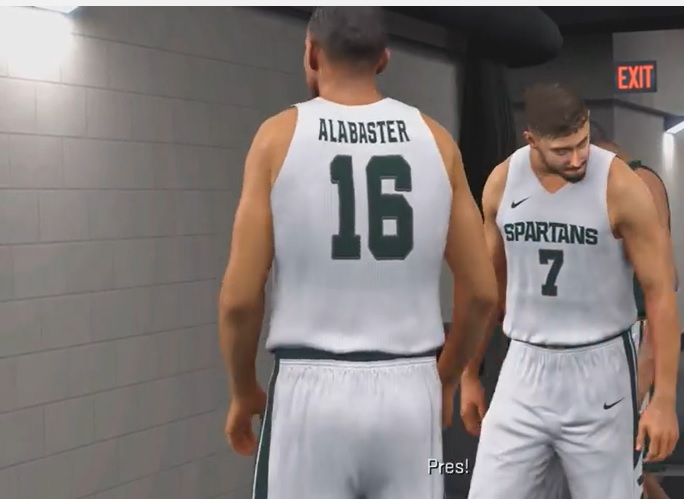
Hello Mr. President! Alabaster is “Pres'” College roommate and teammate in the beginning of MyCareer.
The MyCareer campaign feels somewhat uninspired and ultimately monotonous. The college portion is initially engaging, but my interest waned after the draft. The somewhat clumsy cutscenes, featuring motion capture, recorded dialogue, and questionable lip-syncing during the college year, are largely replaced by SMS messages during the NBA season. Pres (the player-created character) spends considerable time training, which becomes tedious. While training initially feels beneficial, it eventually devolves into repetitive grinding, prioritizing quantity over quality.
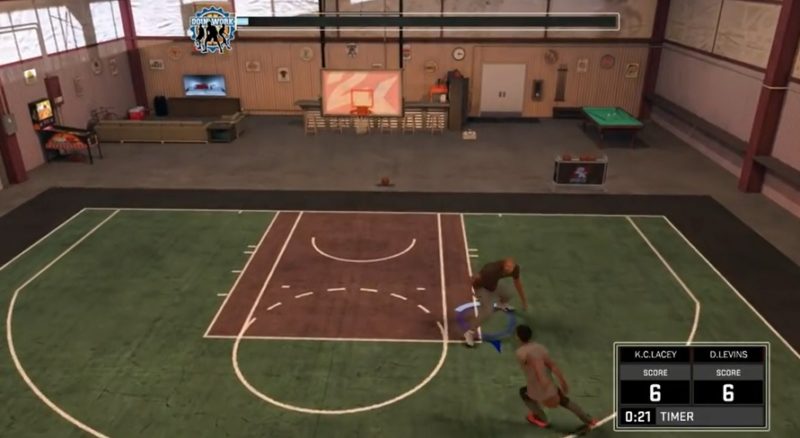
An inordinate amount of time in MyCareer is spent in a bland warehouse. Disappointingly, the pool table and pinball machine are not functional mini-games, in my experience.
Pres frequently attends events to bolster his brand, which usually involves briefly leaving his warehouse base (complete with a private basketball court) to visit a generic event for a sponsor. As his career progresses, more lucrative sponsorship deals materialize, primarily communicated via text messages. Even relationships with girlfriends, parents, and friends are developed through brief SMS exchanges.
Despite these shortcomings, the MyCareer campaign offers some entertainment. The hours invested were moderately enjoyable, primarily due to the on-court gameplay. In MyCareer, players control a single player, offering a different experience compared to other game modes. It allows for developing off-ball movement and setting screens. However, the AI’s defensive pressure can be excessive. Even when Pres is not the ball carrier, defenders often impede his movement. While realistic, it can feel overly restrictive. The ability to create space by backing down opponents and shooting isn’t always available.
Players can also design their own basketball pro and compete online in MyPark, which features short matches to 21. Customization options are extensive, and in-game currency can be used to unlock additional content. Clothing and shoes can be purchased, and player attributes can be improved. While not innovative, it’s a well-developed aspect of the game.
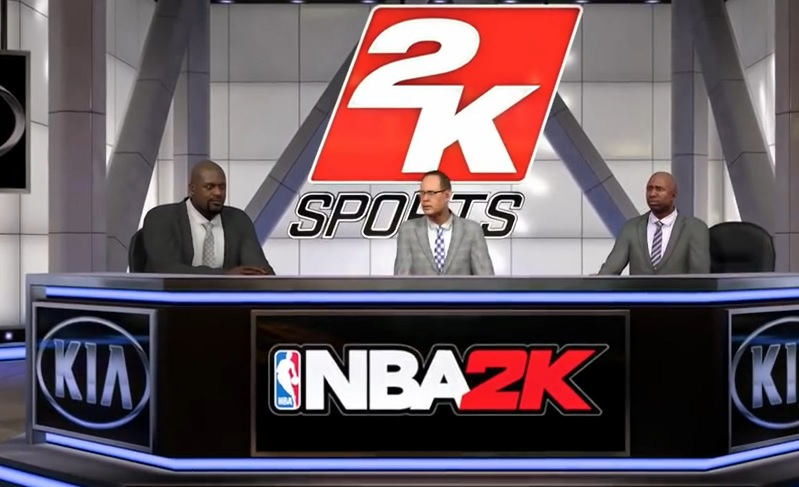
Once accustomed to pre-game commentary in other sports games, the studio and its characters with questionable lip-sync feel like a step down. Sorry, Shaq!
A novel feature is the ability to scan one’s face using a mobile app and integrate it into a digital player. By panning the mobile camera, the app captures facial features and shapes, which can then be exported into the game. I chose not to test this feature due to privacy concerns regarding data usage rights. However, based on others’ experiences, the results range from vaguely recognizable to surprisingly accurate. With refinement, this function has potential. The question is when competitors, like Electronic Arts, will implement similar features in their sports games.
Each week, players can view 2KTV, which features interviews with NBA stars, game feature highlights, and user-submitted clips. By answering game-related questions, players can earn in-game currency. These features incentivize continued engagement. Whether this is customer care or habit formation is debatable. However, organic enjoyment of the gameplay should ideally be sufficient motivation. That said, I have found myself drawn to playing match after match in the NBA playoffs and progressing through “Pres'” career.
Furthermore, NBA 2K17 offers a comprehensive franchise mode, which I only briefly explored. This mode provides extensive customization options, including arena design, team names, and logos. The NBA league can be expanded from 30 to 36 teams, with teams established in new cities. Those interested in the managerial aspects of the sport will find this mode appealing.
While the additional features are abundant, a strong core gameplay experience is essential. NBA 2K17 benefits from a stable and engaging foundation that encourages continued play. While not perfect, it is compelling enough to warrant repeated sessions. However, the online experience suffered from lag. This may be due to playing against opponents across the Atlantic, hindering the online experience compared to the offline modes.
In summary, NBA 2K17 offers extensive content. Future iterations should prioritize refining on-court gameplay, improving control responsiveness, and enhancing AI behavior to promote more dynamic off-ball movement. More flexible shooting mechanics, allowing players to capitalize on opportunities, would also be beneficial. The inclusion of advanced maneuvers, such as euro steps and fadeaway shots, would further elevate the experience. NBA 2K17 is a competent basketball simulation, but a greater emphasis on on-court action would make it even better.
